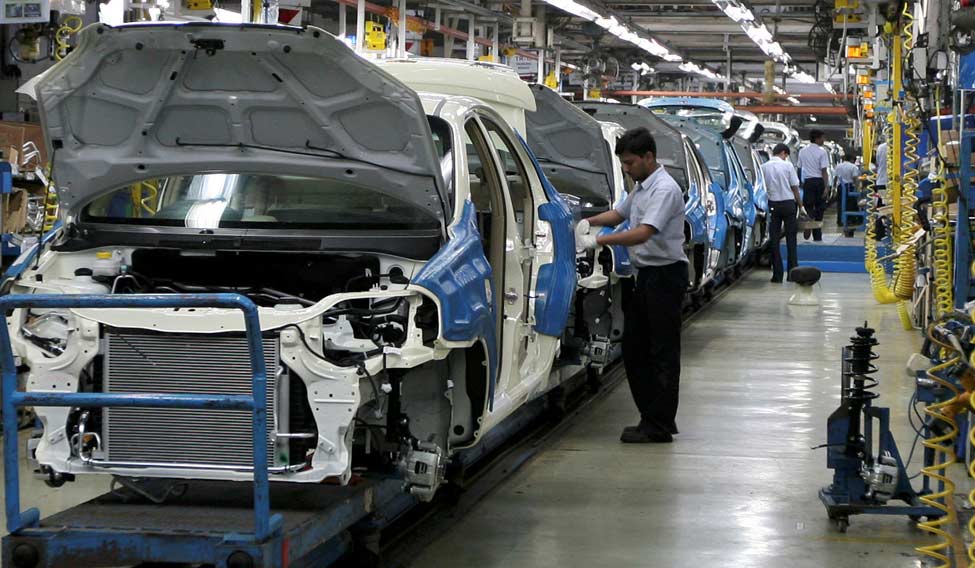General Motors have been battling for space in the crowded Indian Automobile market for long. From utility vehicles to SUVs, it tried all tricks in its trove and ultimately folded up not able to withstand the price conscious, mileage driven and highly demanding Indian market.
GM announced that they will stop sale of their cars in India by the end of 2017. It has been a 22-year-stint in India for GM selling various models under the brand name Chevrolet. It has been facing accumulated losses of over Rs 1,100 crore during 2015-16. With a high octane campaign and a renewed vigour, revenues did grow around Rs 2,500 crore with a net worth at Rs 249 crore.
Ironically when GM is exiting, Swedish luxury carmaker Volvo Cars has announced that it will start vehicle assembly operations in India in 2017. So is it that Indian car buyers are now shifting to safer and luxurious models ignoring the high price tag attached to it?
India’s car market is world's sixth largest expected to climb to third position by 2020. It has grown at 7% in the last two to three years.
Two reasons that could be attributed to GM's exit is lack of right strategy and positioning. Its parent company was planning a $1 billion investment in India which was put on hold owing the dismal 29,000 vehicles it sold in 2017.
GM operated two manufacturing facilities in India – Halol in Gujarat and the Talegaon in the state of Maharashtra. The company is likely to continue its Talegaon plant to focus on its exports mainly to Mexico, Central America and South America. Interestingly, it exported more than twice as many vehicles as much as it sold in India.
Volvo which started its sales in India by importing completely assembled vehicles has seen some growth in the recent past placing its vehicles in two major genres – Safety and Luxury. It started offering huge discounts, low rate of interest and even assured buyback programmes for the re-sale conscious Indians.
Volvo is a household name in India so much so that it renamed the Bus transportation business in its name. Luxury car market in India is relatively small but the world cannot ignore the emerging Indians who are now brand conscious more than ever. This is the reason the premium segment has grown than any other segment in India. Volvo’s plan is to increase its current 5% in premium segment to double by 2020. Moreover, the current Indian regime's Make in India plans also perfectly fits in for the company as it can avoid a lot of import duties and taxes by manufacturing in India and in turn take a lot of sops in the Make in India project.
Changing consumer behavior can be attributed to how GM’s exit ushered in Volvo’s entry. Cars are now disposed in less than 2 to 3 years as against 5 to 7 years it witnessed a decade back. Price consideration has not replaced to features, luxury and safety as the main factor behind choosing a car. Young and aspiring Indians are buying cars much early in their career.
GM could never establish its foothold in India and what could be more worse than a mere 1 per cent for an American behemoth. India is not the first or the only country that GM has made exit. It sold its Opel unit in Europe to Peugeot parent PSA Group. In 2015, it dropped its Russia plan. It has already made its mind to end manufacturing in Australia.
GM was also facing a strange near market dominance of a few players. Whereas markets in western countries are divided among a dozen manufacturers, India is counted as the only country with just three brands occupying top slots with a whopping 70 per cent market share. This dominance ensured that a company like GM with just 1 per cent market share could never reach a stage of sustenance.
Girishkumar P.S. is the Chief Equity Analyst, CommodityOnline.Com





